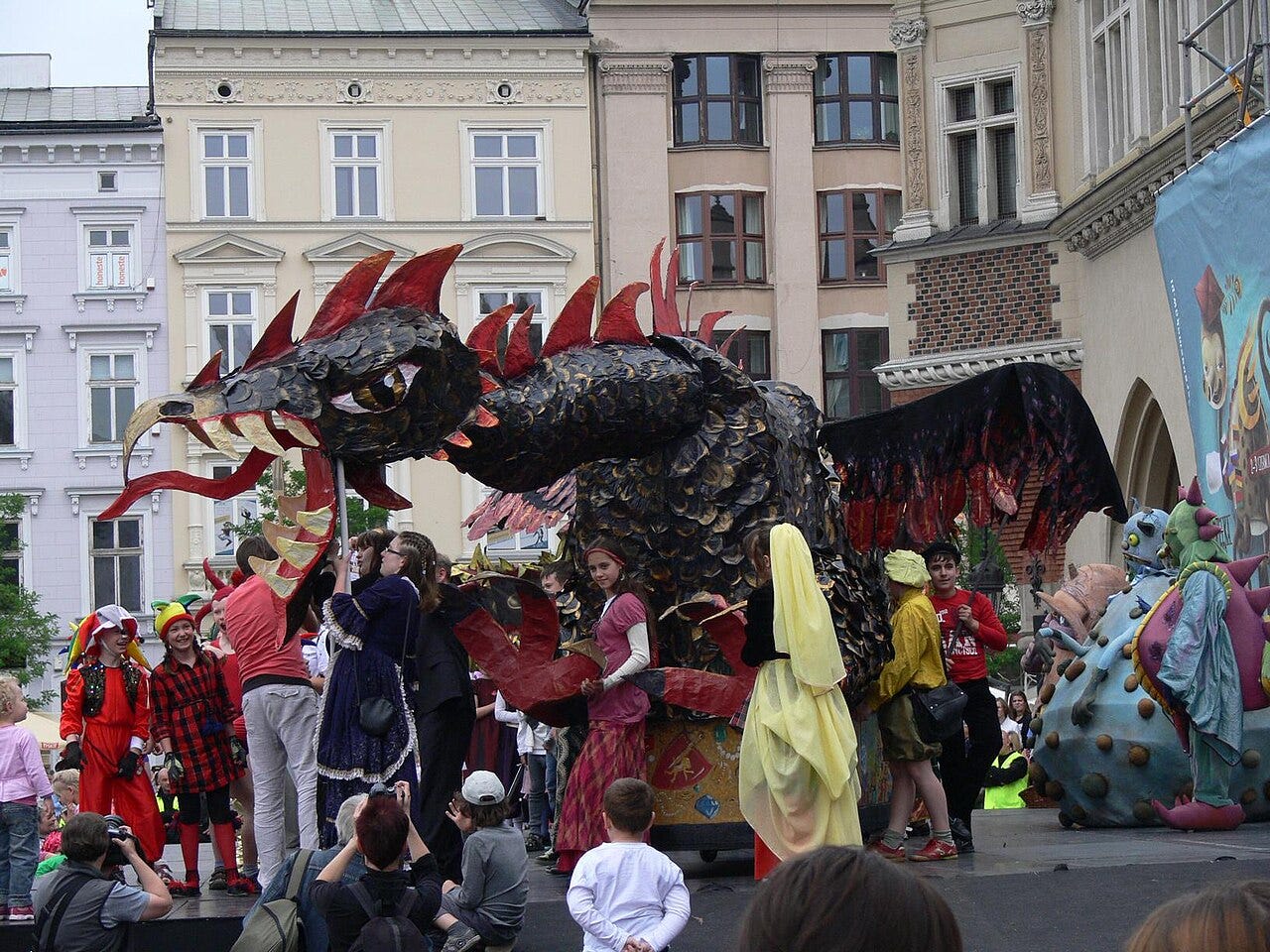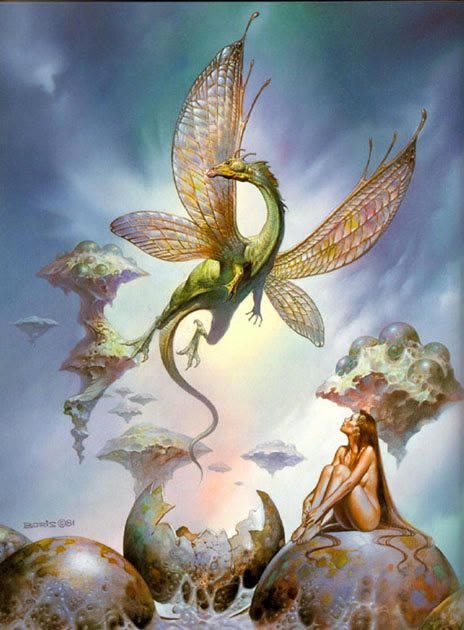Today we're peeling back the layers of time to explore the incredible link between two seemingly unrelated beings. Brace yourself as we venture through ancient texts and farflung folklore where mystical creatures and age-old legends collide to pluck aeon's old secrets from the past as we uncover the hidden connection between the enchanting fairies and the awe inspiring dragons.
Our journey begins in ancient Greece, where tales of the kobaloi emerge from hazardous mines. The term "kobaloi" translates to "mischievous rascal" in Greek and inspired the word "goblin" used in European cultures for similar creatures. These impudent and cunning small fairies were linked to cobalt ore, with the element's name deriving from them due to their association with its troublesome and lethal fumes when heated with other ore. Smithing could be fatal if cobalt tainted their copper ore.
Despite their mischief however, ancient Greeks revered kobalos as powerful spirits, often considering them household protectors and bearers of fortune. The evolution of the term “kobaloi” to "goblin" and their association with all the household elves that followed, means that this mythical creature was the progenitor of a vast array of subsequent folk creatures. At first glance the connection to dragons is superficial because these fey elementals are described as scaled and fiery. If you're curious about this primordial fairy check out The Prehistoric Fairy You Never Knew
Now let’s journey forward through time to the Victorian Age, where we uncover clues that lead us to the world of ethereal beings depicted with gossamer wings, the fairy that’s conjured in the minds of all that hear its title. One of the earliest books from the Victorian era that described fairies with wings is The Fairy Mythology by Thomas Keightly.
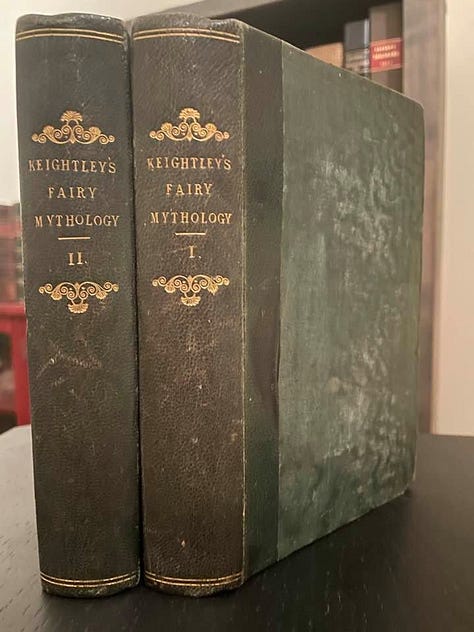

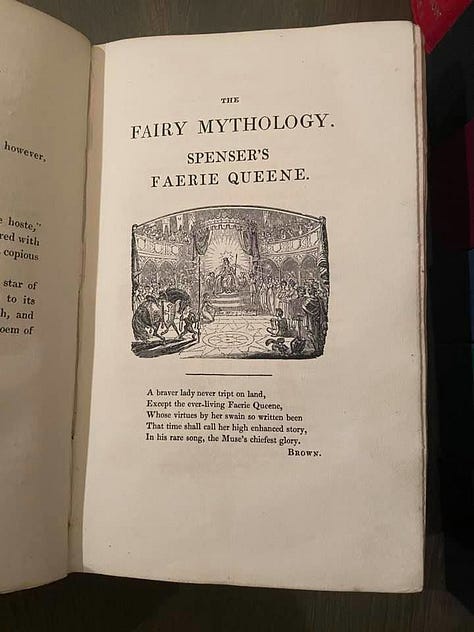
Artists like Joseph Noel Paton, Richard Dadd, John Anster Fitzgerald further shaped this visual interpretation of faeries. And in 1858 George MacDonald writes in his book, Phantastes “that the women have only wings. Resplendent wings are they, wherein they can shroud themselves from head to foot in a panoply of glistering glory.”
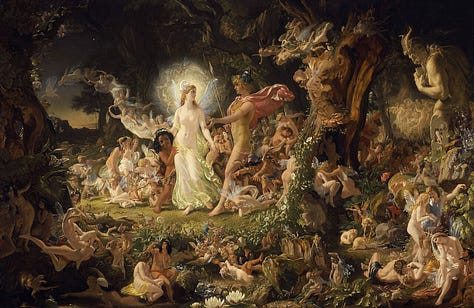
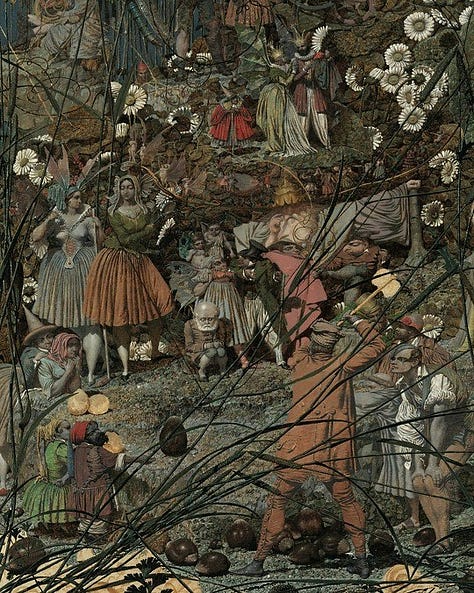
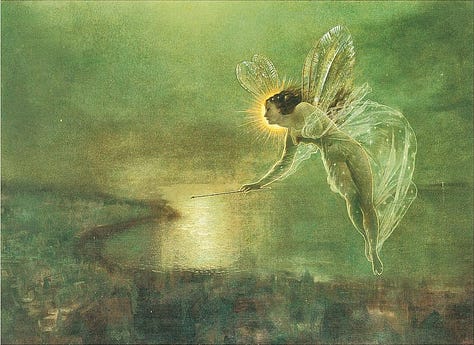
We will get to the perfect missing link between fairy and dragon soon, a mischievous dragon with gossamer wings. But first let’s put some more pieces together that flesh out the connection of fairies to dragon like creatures.
In the heart of Lithuania, we encounter the 'aitvaras,' a creature resembling a dragon, yet closely linked to the realm of fairies. Physically, the aitvaras combines features of a dragon and a rooster. It has the head and long neck of a serpent with the body of a rooster. It embodies both luck-bringing and trickster qualities and is recognized as a household spirit. It can take on different forms to get about without drawing attention, including that of a black cat or a black rooster. It possesses great power and can be persuaded to serve as a guardian or protector for families. As a guardian, it bestows wealth and happiness upon its chosen ones.
Here again we see the obvious connection with household elves. Yet, unlike household fairies, the aitvaras has the capability to shift into forms such as a flying serpent or a flaming snake, and it may appear as a comet or meteor in flight. Which generally, appearing as meteor or comet is a trait associated with dragons in folklore the world over. Its influence can lead to both beneficial outcomes like prosperity and negative ones like fires and crop destruction. It prefers to remain concealed and few individuals realize they have an aitvaras despite their homes being filled with blessings. This spirit favors kind-hearted individuals who aren't driven by greed or mistreatment.
Additionally, the aitvaras possess the ability to heal themselves through contact with the earth. So you see this elemental creature is somewhere between fey and dragon, albeit a small one. But in Ukrainian folklore even everyday snakes will grow into dragons after 7 years. In Slovenia, a snake cut in half will become a dragon if allowed to live.
Along this journey we've discovered mischievous nature spirits of flames and scaled serpentine creatures behaving like fairies, and now its time to return to ancient Greece to tie modern day depictions of fairies to dragons directly.
This is where we stumble upon the ineffible pyrausta - a creature that seems to straddle the boundary between dragon and fairy. With its mesmerizing glow and ephemeral appearance, the pyrausta dances on the fringes of human understanding.
Pliny the Elder wrote, “for in the copper-smelting furnaces of Cyprus, in the very midst of the fire, there is to be seen flying about a four-footed animal with wings, … this creature is called the … ‘pyrausta.’ So long as it remains in the fire it will live, but if it comes out and flies a little distance from it, it will instantly die.”
Could the pyrausta, a dragon with fairy style insect wings, be the missing link that bridges the gap between these two mystical creatures? Is this the secret connection that we've been blind to for millennia? Who knew the original fairy dragon went so far back in history? Much further than a 1981 Dragon magazine.
-Originally produced in video format here:




